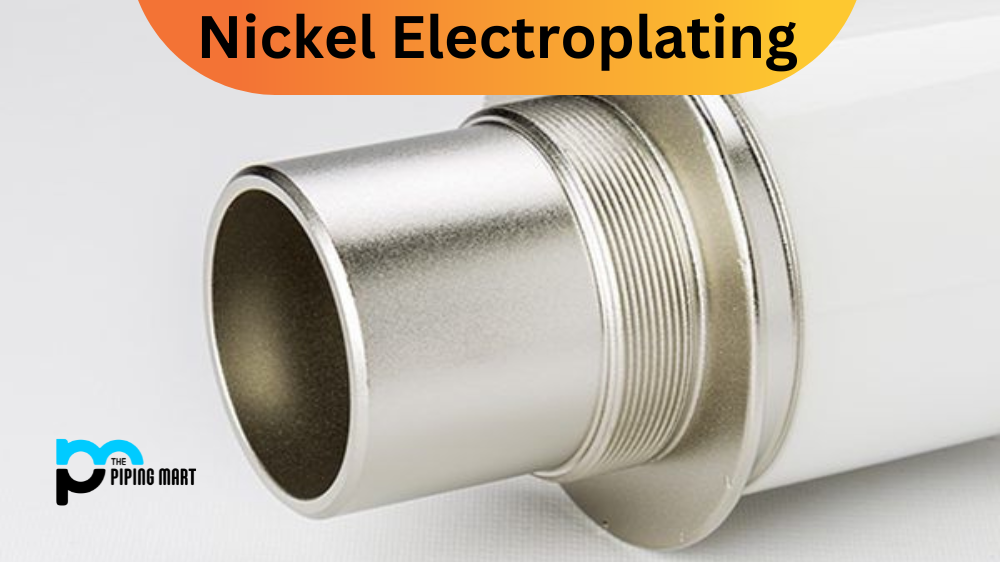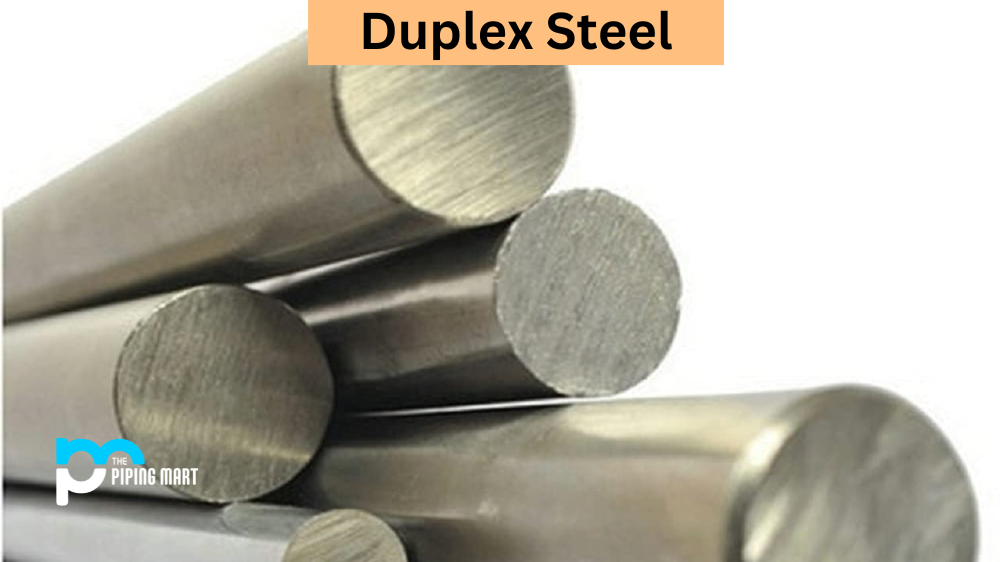Nickel electroplating is a process in which a thin layer of nickel metal is applied to the surface of another material. This process is used to improve the part’s resistance to corrosion and wear while also adding an attractive metallic finish to the part. It is widely used in industries such as automotive, aerospace, and electronics. Let’s take a closer look at how this process works.
Basics of Nickel Electroplating
Nickel electroplating involves immersing the part in an electrolytic solution containing nickel salts and other chemicals. An electric current is then passed through the solution, causing positively charged particles (ions) of nickel metal to be deposited onto the surface of the part. This process continues until a thickness that meets product specifications has been achieved.
Benefits of Nickel Electroplating
Nickel electroplating offers many advantages over other plating processes, such as increased corrosion resistance, improved hardness, and enhanced electrical conductivity. Additionally, it improves the aesthetic appearance of components due to its attractive metallic finish. Lastly, it can be used on parts with complex shapes and sizes thanks to its ability to conform easily to different surfaces.
Limitations of Nickel Electroplating
Although nickel electroplating has numerous benefits, there are some limitations associated with this process as well. For example, it often requires multiple steps in order to achieve desired results—such as pre-treatment steps like pickling or degreasing—and can be difficult or expensive for small-scale operations due to costly equipment needs. Additionally, nickel-plated parts can be more susceptible to certain types of corrosion if left exposed for extended periods of time without protection from an organic coating like paint or varnish.
Conclusion:
Nickel electroplating has been around for centuries and is still widely used today in various industries due to its numerous benefits over other plating processes, such as improved hardness, increased corrosion resistance, enhanced electrical conductivity, and attractive finish. Despite having some limitations associated with it—such as costly equipment needs for small-scale operations—nickel electroplating remains one of the most popular methods for protecting components from wear and tear while improving their aesthetic appeal at the same time. If you are considering using this process for your business’s products or parts, make sure you understand these limitations before investing in this technology so that you get optimal results every time!

Abhishek is a seasoned blogger and industry expert, sharing his insights and knowledge on various topics. With his research, Abhishek offers valuable insights and tips for professionals and enthusiasts. Follow him for expert advice on the latest trends and developments in the metal industry.




